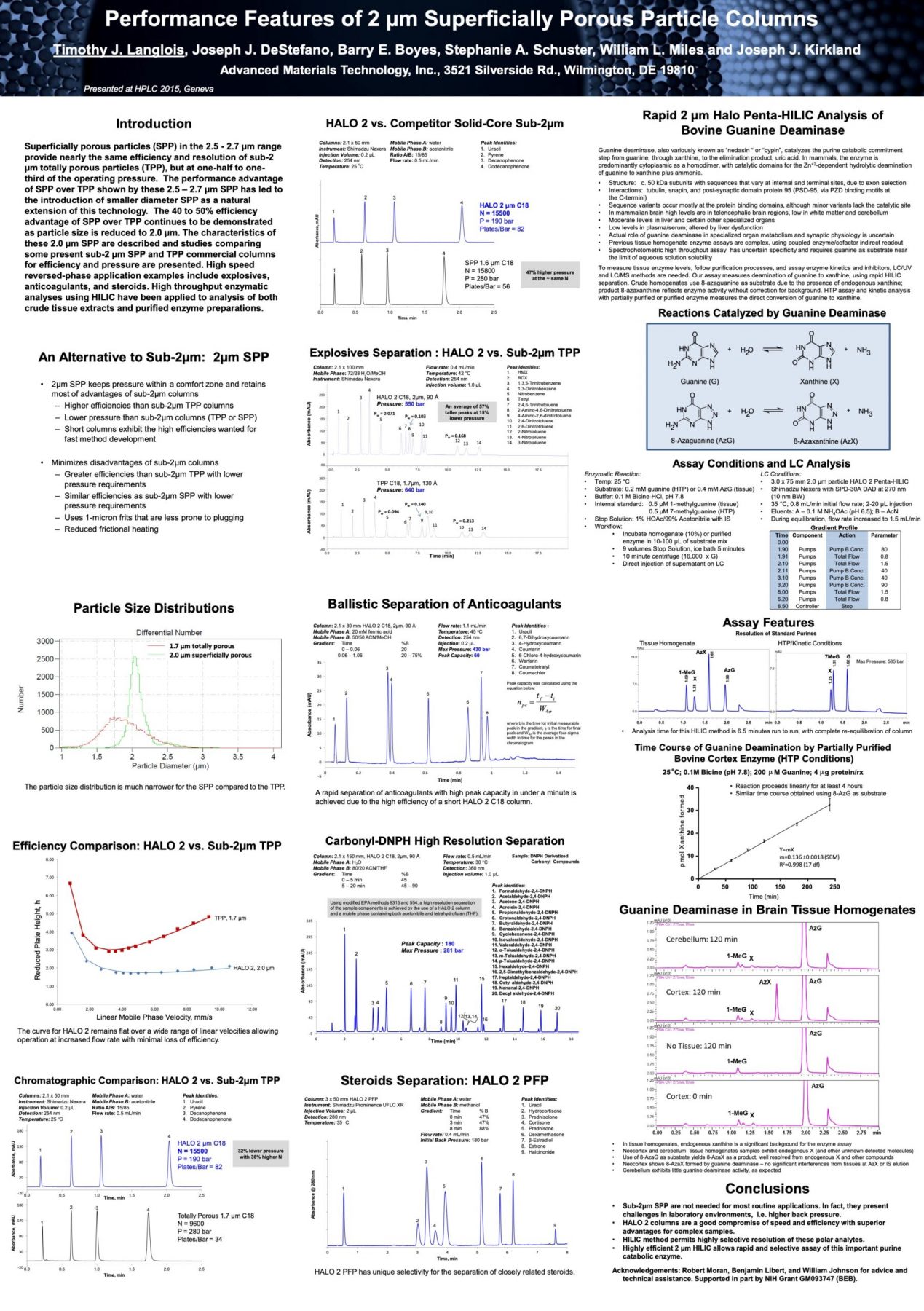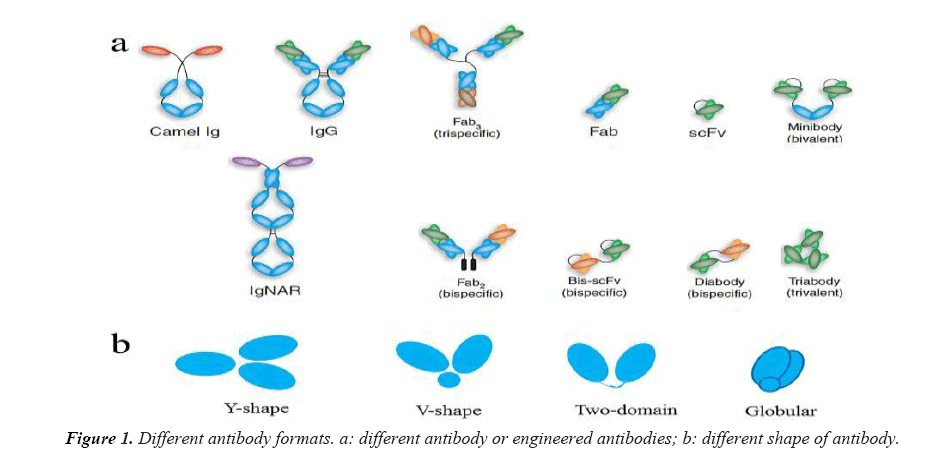

The vast majority of L4 loops are of length 6, the exceptions being human λ5 and λ6, mouse λ4-λ8, rat λ2 and λ3, and rabbit λ5 and λ6 DE loops, which are length 8. by clustering the backbone conformations of L4 and H4 loops in the structures of antibodies to address their structural contribution to antigen binding. With these definitions, we expand on the observations presented by Lehmann et al. We first define the DE loop (which we refer to as L4 on the light chain and H4 on the heavy chain) as IMGT residues 80-87 based on the structural variability observed in Ramachandran maps of residues encompassing the D and E strands of the heavy and light chains in the PDB. In this paper, we analyze the structures and sequences of the DE loops of heavy and light chain variable domains in the Protein Data Bank (PDB), along with a large set of sequences from multiple high-throughput antibody sequencing studies.

As a control, grafting L1, L2, and 元 while keeping the host κ DE loop sequence produced an antibody with lower stability and significantly reduced affinity. Grafting the DE loop along with L1, L2, and 元 from the P2224 λ antibody onto a κ framework produced an antibody with significantly increased thermostability, while also retaining P2224’s binding affinity. We observed that the λ DE loop was different in structure and sequence from a typical κ DE loop in antibodies. We redesigned the antibody framework in an attempt to stabilize the antibody and prevent antibody aggregation by grafting the sequences of the λ antibody L1, L2, and 元 CDRs onto a κ framework.

The VL region of C10 appeared to be a fusion of λ3 and λ1 V-region gene loci, introduced most likely through PCR amplification. Previously we demonstrated the importance of the DE loop in redesigning an unstable anti-EGFR antibody, C10, and its affinity-matured form P2224 ( 14). However, the effects (or lack thereof) of these mutations are unpredictable, and appear to vary with the germline construct of the antibody. Several studies since these initial observations have considered various mutations of DE loop residues, with particular focus on VH residue 80, and successfully engineered significant differences in both antibody stability or antibody-antigen affinity ( 9– 13). noted that an Arg residue at IMGT VH residue 80 in the heavy chain (Chothia VH residue 71) makes hydrogen bonds to H1 and H2 and packs against side-chain residues of H1 and H2, stabilizing specific H2 conformations and bringing H1 and H2 into closer contact with each other ( 6). observed a switch in conformation of CDR L1 of length 11 when Tyr87 changes to Phe87 ( 8). Foote and Winter demonstrated that some antibodies lose binding affinity to target antigen upon mutation of this residue from Tyr to Phe, noting that this interaction mediates interaction of L1 with target antigen though a hydrogen bond between Tyr87 and Asn37 ( 7). Finally, we identified dozens of structures in the PDB with insertions in the DE loop, all related to broadly neutralizing HIV-1 antibodies, as well as antibody sequences from high-throughput sequencing studies of HIV-infected individuals, illuminating a possible role in humoral immunity to HIV-1.Ĭhothia and Lesk first noted hydrophobic packing interactions of the DE loop with L1, in particular that VL residue 87 (IMGT numbering Chothia residue 71) packs against L1, and is typically either Phe or Tyr ( 5). H4 sequence variability exceeds that of the antibody framework in naïve human high-throughput sequences, and both L4 and H4 sequence variability from λ and heavy germline sequences exceed that of germline framework regions. The vast majority of H4 loops are length-8 and exist primarily in one conformation a secondary conformation represents a small fraction of H4-8 structures. Clustering the backbone conformations of the most common length of L4 (6 residues) reveals four conformations: two κ-only clusters, one λ-only cluster, and one mixed κ/λ cluster. We refer to the DE loop as H4 and L4 in the heavy and light chain respectively. We analyzed the length, structure, and sequence features of all DE loops in the Protein Data Bank, as well as millions of sequences from HIV-1 infected and naïve patients. This “DE loop” is usually treated as a framework region, even though mutations in the loop affect the conformation of the CDRs and residues in the DE loop occasionally contact antigen. However, a fourth loop sits adjacent to CDR1 and CDR2 and joins the D and E strands on the antibody v-type fold. CDRs1-3 are recognized as the canonical CDRs. Antibody variable domains contain “complementarity determining regions” (CDRs), the loops that form the antigen binding site.


 0 kommentar(er)
0 kommentar(er)
